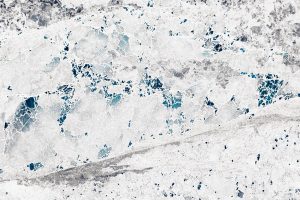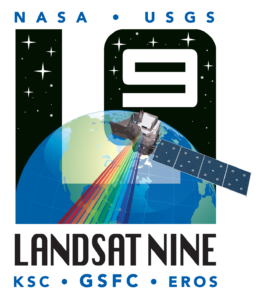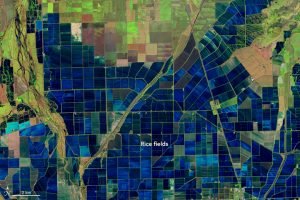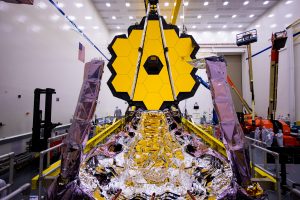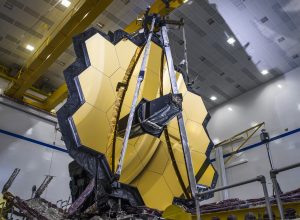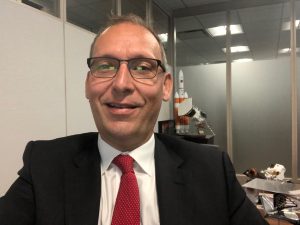I recently celebrated my five-year anniversary at NASA. Over these past 5 years, we have seen great success with NASA’s Science missions. From landing on Mars to learning more about our home planet than ever before, teams across the agency are making the impossible possible. Without the incredible individuals that make up the excellent teams at NASA and its partners, none of this would be possible. So, thank you to all the people and teams that have worked with us over these 5 years to make new discoveries and push the boundaries of exploration.
With this 5-year milestone, I have been reflecting on a few of my biggest mistakes. I also hope this motivates others because it models a key truth of leadership that took me a long time to learn: “excellence is not the absence of mistakes, but a focus on constant improvement and learning”.
One thing that comes to the top of my mind is my failure early on to broaden my message regarding diversity and inclusion at NASA. This resulted in inadvertently putting up walls that kept some valuable communities out in ways I never intended. Let me explain.
When I joined NASA over 5 years ago, I was asked many times about the goals that I wanted to achieve here. I gave many answers, but none of them included the words “diversity” or “inclusion”.
But that changed based on three distinct experiences. First, we had an alarming lack of diversity in teams leading our mission proposals. With a couple of exceptions in planetary science, we did not have a single mission proposal in the rest of the Science Mission Directorate (SMD) led by a female scientist, and that had been going on for several years. Additionally, mission teams were a lot less diverse than our community, perpetuating a lack of diversity even further.
Second, I witnessed instances in our own SMD leadership team that made me believe that we were caught in a situation that often leads to utter mediocracy – something known as “group-think”. I observed that important discussions did not happen and that diverse viewpoints were not heard. Even if there was some diversity in the room in terms of gender, race, etc. – these voices were not included in many of the discussions generally.
Third, roundtable discussions were implemented with early career scientists in all disciplinary communities and I was shocked by the prevalence of problems surrounding sexual harassment and just horrible experiences of biases many of our female colleagues were experiencing. There were stories I heard that literally took my sleep. It is tough to hear these stories as a father of a daughter interested in science.
We had some major problems that were holding us back from being a welcoming community, but equally importantly problems that prohibited us from getting to a standard of excellence that was otherwise possible.
It was important and urgent to embark on a journey of change. But the first challenge on this journey was one that led to one of my biggest mistakes: We needed to convince members of our team and the entire science community that we had this big problem. And I needed to do that the way scientists do – by using data!
Even though I was convinced from the beginning that we needed to focus on diversity in all dimensions, I focused my “proof of problem” and overall narrative on only one aspect of diversity – a focus on our female colleagues. Frankly, we did not have any data in NASA Science programs and competitions focused on this broader issue and the only thing we could do on the short time-scale required by the urgency of this challenge was to infer gender from names.
It was straight-forward to demonstrate the devastating impact of our implicit and explicit biases if 50% of the US was not represented in many teams, or if not one female principal investigator (PI) could be found in a research community consisting of 25-35%+ female colleagues.
I started talking about this and we started to make changes. But, I missed the importance of good language as we moved forward and fell into the trap of over-focusing on gender diversity problems in all my talks and writings. There is an important truth for all leaders: Our words matter. My failure to broaden both narratives and actions resulted in a sense in our community of color that we did not care about them in NASA’s Science Program. Similarly, our LGBTQ+ colleagues also did not see themselves in our narratives and neither did other communities. I had tidally missed the boat despite good intentions.
It took lots of engagement, mentorship and help from some of our team members as well as from trusted community members to actively and consistently helped address and mitigate my mistake. Thank you to each person who pushed to get us on the track we are on today in improving the way we welcome and include individuals from all communities into NASA Science.
We are still on this journey today. We have changed policies about how we handle harassment – we did so as an agency. We have added training, new policies and are having discussions and have made changes across our programs – from science proposals to standing review boards – to flatten the playing fields and make better decisions. We have experimented with new ways of selecting worthwhile proposals, including dual-anonymous peer reviews that have identified and removed or eliminated a number of biases. We keep experimenting and learning.
For example, No Due-Date (NDD) programs in Planetary Science launched with the release of ROSES 2021 resulted from researcher input into challenges faced during the COVID pandemic. NDD seeks to allow individual PIs the opportunity to better achieve work-life balance and to give smaller institutions with a less-robust proposal support system greater flexibility in submitting proposals. Noting the huge importance of our funding programs for the entire science community, we are also experimenting also with Inclusion Plans to put focus on these important issues. Furthermore, we are making an effort to increase partnerships across institutions to provide additional opportunities for engagement and increasing diversity of thought. Listening sessions at Minority-Serving Institutions and targeted activities in partnership with affinity groups help broaden our footprint across the research and academic landscape.
Although we have made some significant progress in parts of our ecosystem, we cannot be happy with where we are. We will continue to lend our voice and focus actions towards building a better science and technology community around NASA. For that, we need amazing vision, incredible perseverance, and follow-through, but – most importantly – the best and most capable teams we can build in all of that. And I already observe today, and I believe we will see even more clearly as we go forward, that some of the best teams are composed of wonderful individuals who never had a place in them in the past.




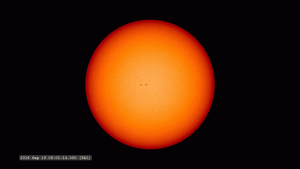
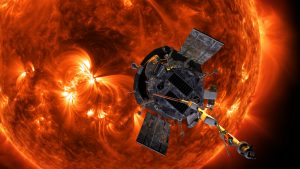



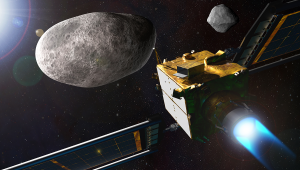
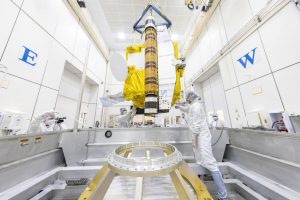
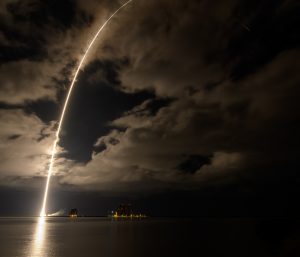
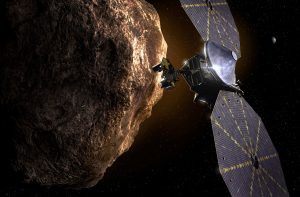
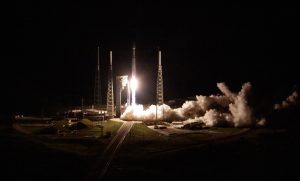 Photo Credit: (NASA/Bill Ingalls)
Photo Credit: (NASA/Bill Ingalls)

